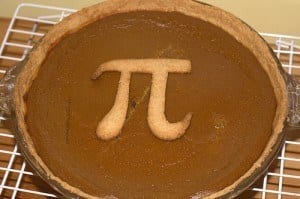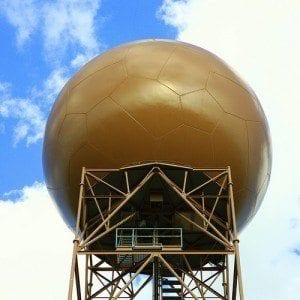
Museums and schools around the globe are celebrating Pi Day
Pi Day is an international celebration of the number that has made civilization possible. The number 3.14 has been honored on 3/14 (get it?) since 1989 when Larry Shaw, a physicist at the Exploratorium in San Francisco decided the Grecian number wasn’t getting enough respect. Now, schools around the world use Pi Day to spike interest in math and science with various Pi Day activities including pie making and “piem” writing. A piem is a poem in which the number of letters in the words correlates with the numbers of Pi. The Huffington Post gives a great example: “How I need a drink, alcoholic of course” represents 3.1415926.
Pi Day, also Albert Einstein’s birthday, is not only a celebration for math and science geeks around the globe, but it raises awareness to non-geeks just how important such a small, and after junior high mostly forgotten, number is to our society. Pi Day is possible thanks to the people of Babylon and Egypt, who were among some of the earliest communities known to use the number to deal with flooding, to study astronomy and to build pyramids. If ancient civilizations had not played around with the number 4,000 years ago, we would not have an understanding of geometry, nor would we have been able to come up with a theory of motion.
Pi Day also celebrates advancements in how we understand π. Though Chao Lu of China holds the Guinness World Record for memorizing 61,890 digits of pi, scientists are constantly calculating pi to never-ending decimal places. Shigeru Kondo, a Japanese systems engineer, used “an $18,000 homemade computer running software developed by American grad student Alex Yee,” wrote the Huffington Post, in order to set the current world record of ten trillion (10,000,000,000,000) decimal digits.
Pi Day isn’t all serious, though, and museums around the world are scheduled to host a variety of activities, including the most delicious activity, pi pie making. Check out the creative baking genius’ that are inspired by Pi Day.















